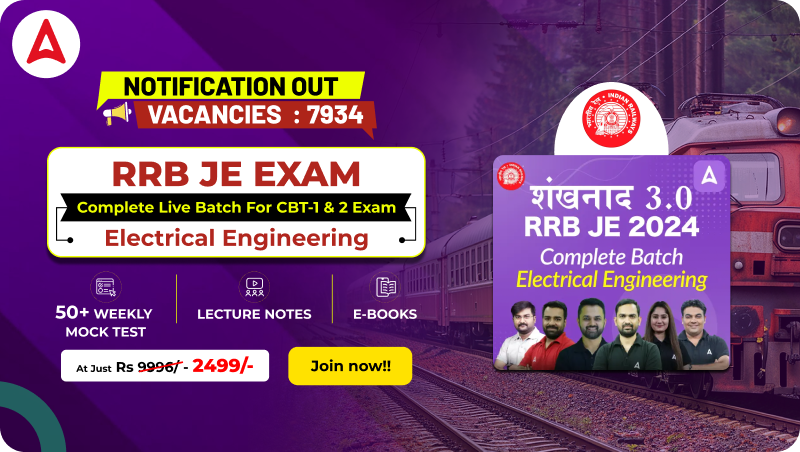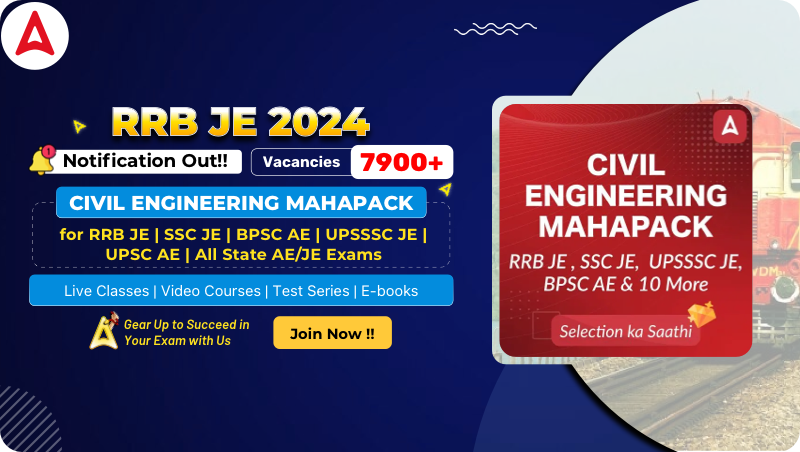Know your strengths and practice your concepts with this quiz on NHPC JE Recruitment 2021. This quiz for NHPC JE Recruitment 2021 is designed specially according to NHPC Syllabus 2021.
Quiz: Civil Engineering
Exam: NHPC-JE
Topic: Miscellaneous
Each question carries 1 mark
Negative marking: 1/4 mark
Time: 8 Minutes
Q1. Web crippling in beams generally occurs at the point where-
(a) Concentrated load act
(b) Shear force is maximum
(c) Bending moment is maximum
(d) Deflection is maximum
Q2. The value of the property or commodity at the end of the utility period without being dismantled is known as
(a) Scrap value
(b) Fair value
(c) Replacement value
(d) Salvage value
Q3. Which of the following is a sedimentary rock?
(a) Pumice
(b) Gypsum
(c) Granite
(d) Quartzite
Q4. Match List-I with List-II and select the correct answer using the given below the lists.
List-I List-II
- Talus a. Soil transported by wind
- Till b. Soil transported by gravity
- Loess c. Soil transported by glaciers
- Lacustrine d. Soil deposited in lake bed deposit
(a) A-a, B-c, C-b, D-d
(b) A-b, B-c, C-a, D-d
(c) A-a, B-b, C-d, D-c
(d) A-c, B-b, C-d, D-a
Q5. Chlorine usage in the treatment of 25000 m³/day of water has been 9 kg/day. The residual chlorine after 10 minutes contact is 0.2 mg/l. The chlorine demand of water would be nearly
(a) 0.12 mg/l
(b) 0.16 mg/l
(c) 0.22 mg/l
(d) 0.28 mg/l
Q6. If the jam density on a road designed for a free mean speed is 75 km/h is 100 vehicles/km, then the capacity flow will be:
(a) 1500
(b) 1875
(c) 2250
(d) 2760
Solutions
S1. Ans.(a)
Sol. A beam is designed to resist maximum bending moment and is checked for shear stress and deflection, and also for web crippling and web buckling. web crippling in beams is generally occur at the point where concentrated load act.
S2. Ans.(d)
Sol. Types of value
Market value → This is the value of the property when it put for open sale at auction.
Book value → It is the value of property during its life based on purchase value & depreciation etc.
Scrap value → It is the value of dismantle material when design life of structure is completed.
Salvage value → It is the value of property at the end of the utility period without being dismantled.
S3. Ans.(b)
Sol. Sedimentary rocks → These rocks are formed by deposition of products of weathering on the pre-existing rock by transport agent like frost, rain, wind etc.
Ex. Sandstone, Limestone, Lignite, Gypsum etc.
S4. Ans.(b)
Sol. Talus → Soil transported by gravity
Till→ Soil transported by glaciers
Loess→ Soil transported by wind
Lacustrine→ Soil deposit in lake bed.
S5. Ans.(b)
Sol. Given,
Quantity of water treated = 25000 m³/day
Chlorine use = 9 kg/day
Chlorine dose = (Chlorine used)/(Quantity of water treated)
=(9 kg/day)/(25000 m^3/day)
=(9×10^6 mg/day)/(25000×10^3 l/day)
= 0.36 mg/l
Chlorine demand = Chlorine dose – Residual chlorine
= 0.36 – 0.2
= 0.16 mg/l
S6. Ans.(b)
Sol. Give, jam density (kj) = 75 km/h.
free mean speed (V_SF ) = 100 vehicles/km.
Maximum capacity flow (q_max) = ?
q_(max )= (V_sf×kj)/(4 )
= (75×100)/4
= 1875 veh/hr.


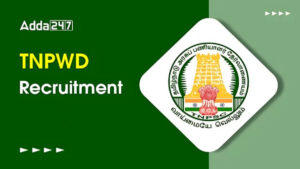 TN PWD Apprentice Recruitment 2024 Notif...
TN PWD Apprentice Recruitment 2024 Notif...
 KPSC Surveyor Recruitment 2024 Reopen, A...
KPSC Surveyor Recruitment 2024 Reopen, A...
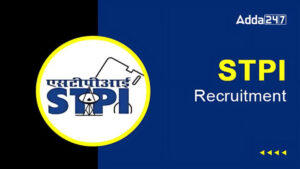 STPI Recruitment 2024 Out, Check Applica...
STPI Recruitment 2024 Out, Check Applica...






